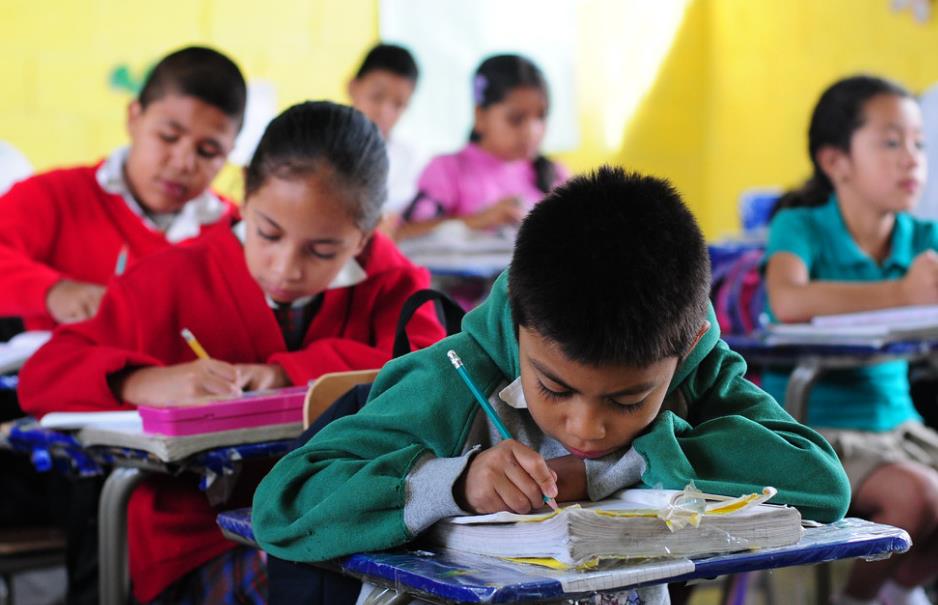China has been investing more funds and implementing more reforms to improve its education quality and modernise its education system. The country aims to achieve the goals of its education modernisation plan towards 2035, which include reducing disparity, promoting life-long learning, and enhancing international cooperation.
One of the key tasks of China’s education modernisation plan is to improve teacher quality and education infrastructure. The country has allocated more funds to support teacher training, recruitment, and retention, especially in rural and remote areas. The country has also increased its spending on education facilities, equipment, and digital resources, to ensure a safe and conducive learning environment for all students.

According to the Ministry of Education, China’s fiscal expenditure on education reached 5.04 trillion yuan ($786.6 billion) in 2020, accounting for 4.04 percent of its GDP. The country has also raised the proportion of education funds for compulsory education, which covers nine years of schooling from primary to junior high school.
‘Double reduction’ policy to reduce burden and improve quality
Another major reform that China has introduced to improve its education quality is the ‘double reduction’ policy, which aims to reduce the academic burden and after-school tutoring for students in compulsory education. The policy prohibits off-campus institutions from offering courses on school subjects, limits the amount and difficulty of homework and exams, and regulates the fees and qualifications of tutors.
The ‘double reduction’ policy is expected to improve the quality of education by shifting the focus from exam-oriented learning to holistic development. The policy also encourages schools to offer more extracurricular activities and diversified courses, such as art, music, sports, and moral education, to foster students’ creativity, interest, and well-being.
More efforts to promote equity, life-long learning, and internationalisation
Besides improving teacher quality and reducing student burden, China has also made more efforts to promote equity, life-long learning, and internationalisation in its education system. The country has implemented various measures to ensure equal access and opportunity for education for all groups, regions, and stages of life. Some of these measures include:
- Providing more financial aid and scholarships for students from low-income families, ethnic minorities, and rural areas
- Expanding the coverage and quality of preschool education, vocational education, and adult education
- Developing online and open education platforms and resources to support flexible and diverse learning modes
- Enhancing the recognition and transfer of credits and qualifications among different education sectors and institutions
- Strengthening the cooperation and exchange with foreign countries and regions in education, research, and innovation
By promoting equity, life-long learning, and internationalisation, China aims to build a more inclusive, dynamic, and open education system that can meet the needs and aspirations of its people and society.
